
- Home
- Photography Tours
- Diary / Blog
- Galleries
- Foreign Trips
- Tasmania 2016
- NE Queensland 2016
- Western Alps 2016
- NE Spain 2016
- Australia's Wet Tropics 2015
- Australia's Top End 2015
- SW Australia 2015
- Switzerland 2015
- Andalucia 2015
- Belize 2015
- Australia 2014
- Switzerland 2014
- Belize 2014
- Bahama Islands 2014
- Switzerland 2013
- Ecuador 2012-2013
- Florida 2011-2012
- Vancouver Island 2011
- Australia 2010
- Peru 2008
- Bulgaria 2007
- Lesvos 2006
- California 2006
- New Zealand 2005
- Extremadura 2005
- Goa, India 2004
- The Gambia 2003
- About
November 2017
Attenborough Nature Reserve, Nottinghamshire
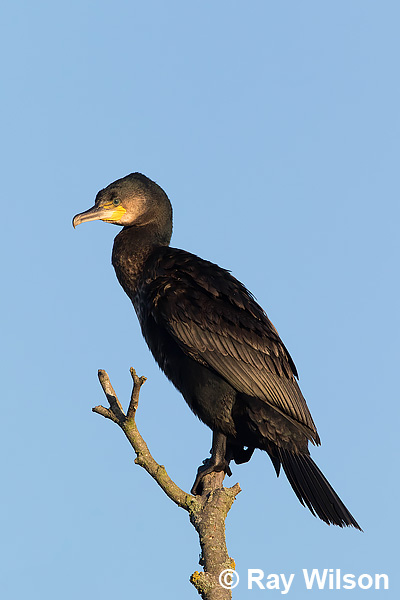
Great Cormorant (Phalacrocorax carbo)
In the early mornings, before the path became too busy with commuters, Cormorants could regularly be found roosting in a dead tree that is perfectly positioned to get good light just after sunrise.

Blue Tit (Cyanistes caeruleus)
Most of my time on the reserve this month was spent photographing the common birds visiting the feeders at the northern end.

Marsh Tit (Poecile palustris)
A couple of Marsh Tits were irregular and relatively shy visitors to one of the feeder tables in an area of alder carr. The very similar Willow Tit is also regularly seen the same table (see February's photos) so extra care needs to be taken when identifying them here. There is a high degree of overlap in the distinguishing features of these two species that is not really emphasized in the field guides but an excellent in-depth review on their separation is available on the British Birds website.
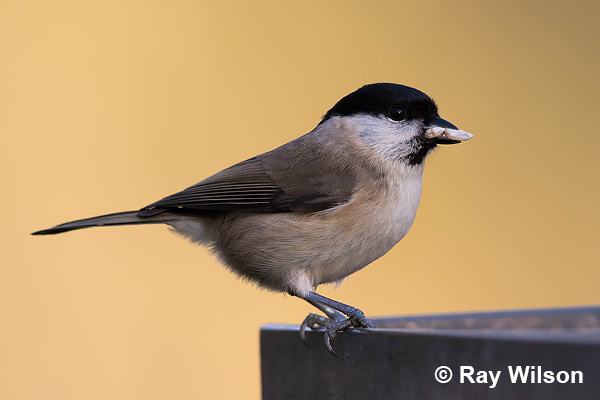
Marsh Tit (Poecile palustris)
The presence of a pale spot at the base of the cutting edge of the upper mandible is the only diagnostic feature of Marsh Tit that is not shared by Willow Tit. That plus the lack of a pale wing panel; a small neat black bib, glossy cap and proportionately smaller head all support the identification of this bird as a Marsh Tit.
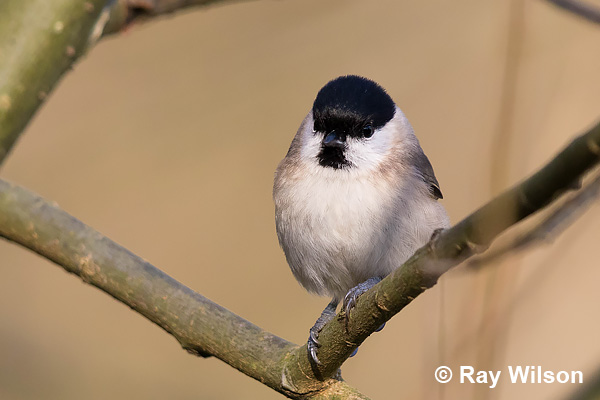
Marsh Tit (Poecile palustris)

Marsh Tit (Poecile palustris)
Other than the Marsh Tits, the only other visitors were just the usual suspects of Nuthatches, Great Tits, Blue Tits, Chaffinches, Robins and Dunnocks.
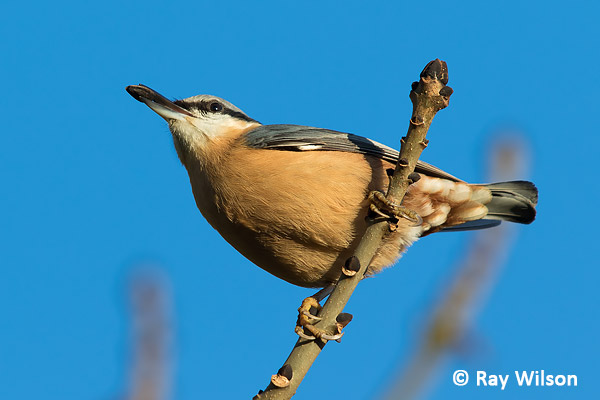
Eurasian Nuthatch (Sitta europea)
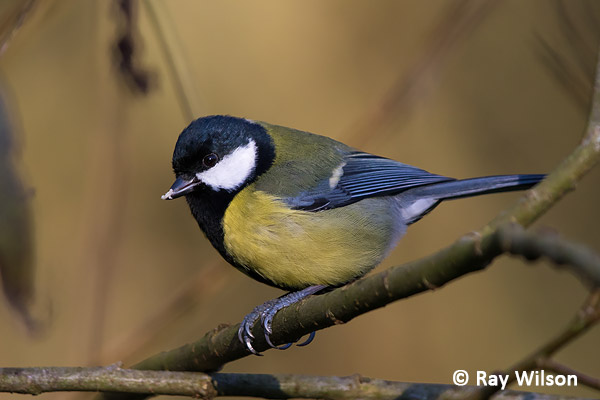
Great Tit (Parus major)
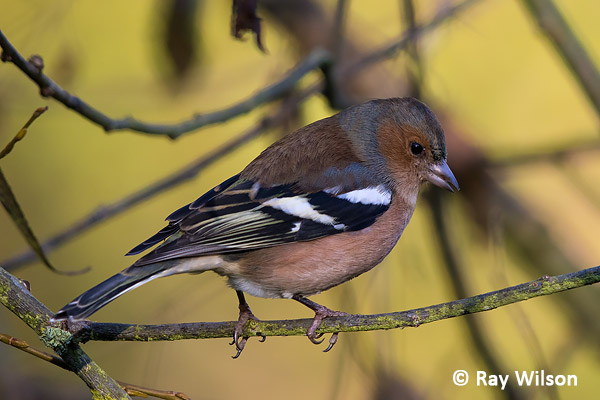
male Common Chaffinch (Fringilla coelebs)

male Common Chaffinch (Fringilla coelebs)
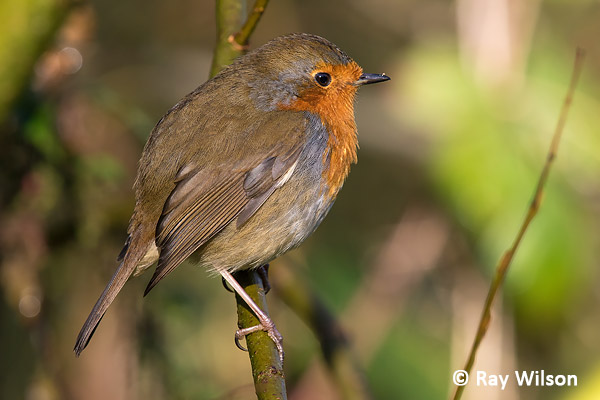
European Robin (Erithacus rubecula)
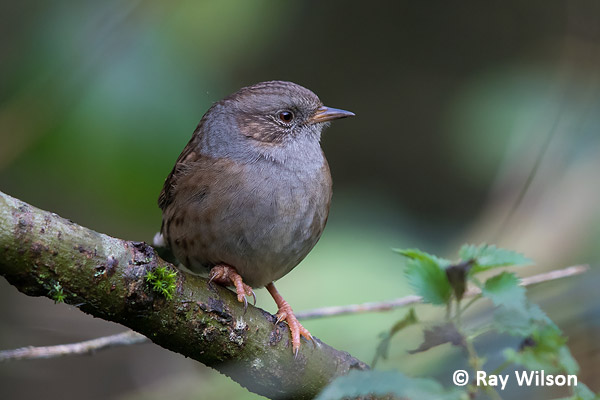
Dunnock (Prunella modularis)
With all the strong storms we had in the autumn, the leaves were mostly stripped from the trees before they got a chance to develop their full colour except for a couple of trees in sheltered areas, such as the Pedunculate Oak below.
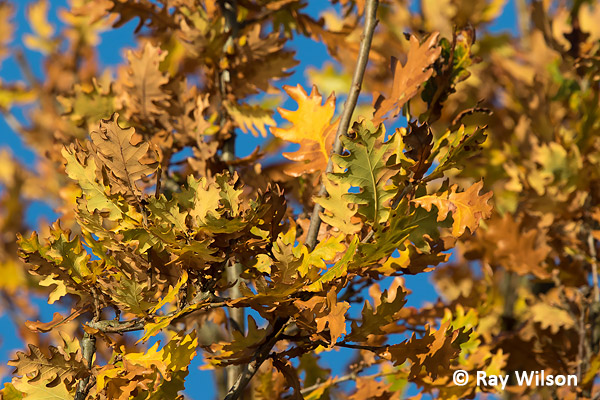
Pedunculate Oak (Quercus ruber)
The Wigeons had completed their post-breeding moult by the middle of the month and the males were looking resplendent in their fresh plumage.
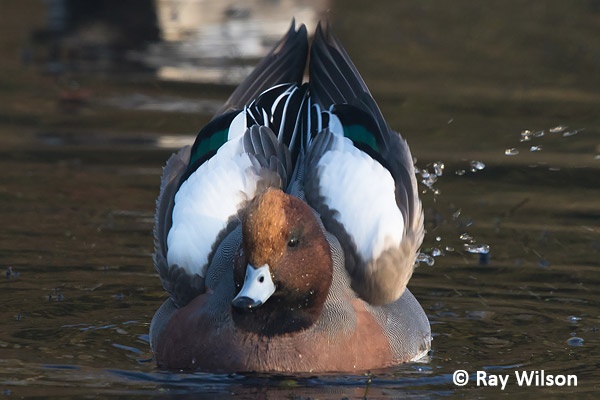
male Eurasian Wigeon (Mareca penelope)
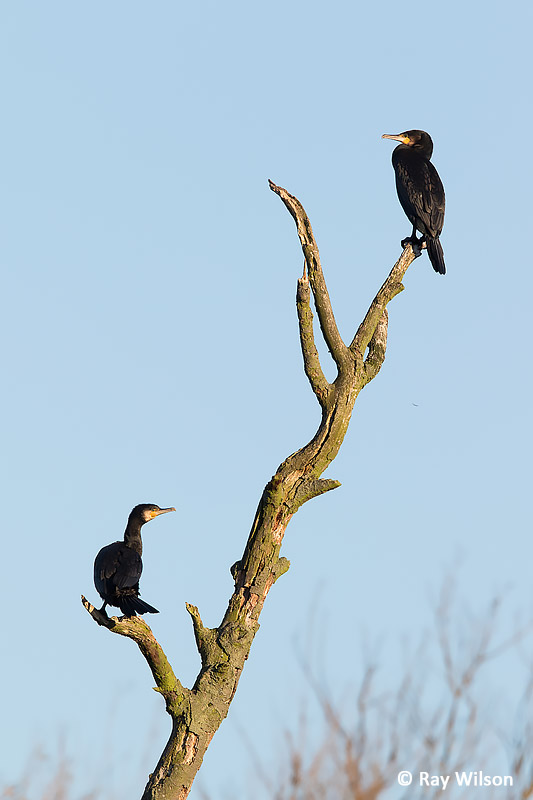
Great Cormorant (Phalacrocorax carbo)
Ray Wilson owns the copyright of all images on this site.
They may not be used or copied in any form without prior written permission.
raywilsonphotography@googlemail.com